Affiliate links on Android Authority may earn us a commission. Learn more.
From OnePlus to HUAWEI and back again: What I learned from switching brands
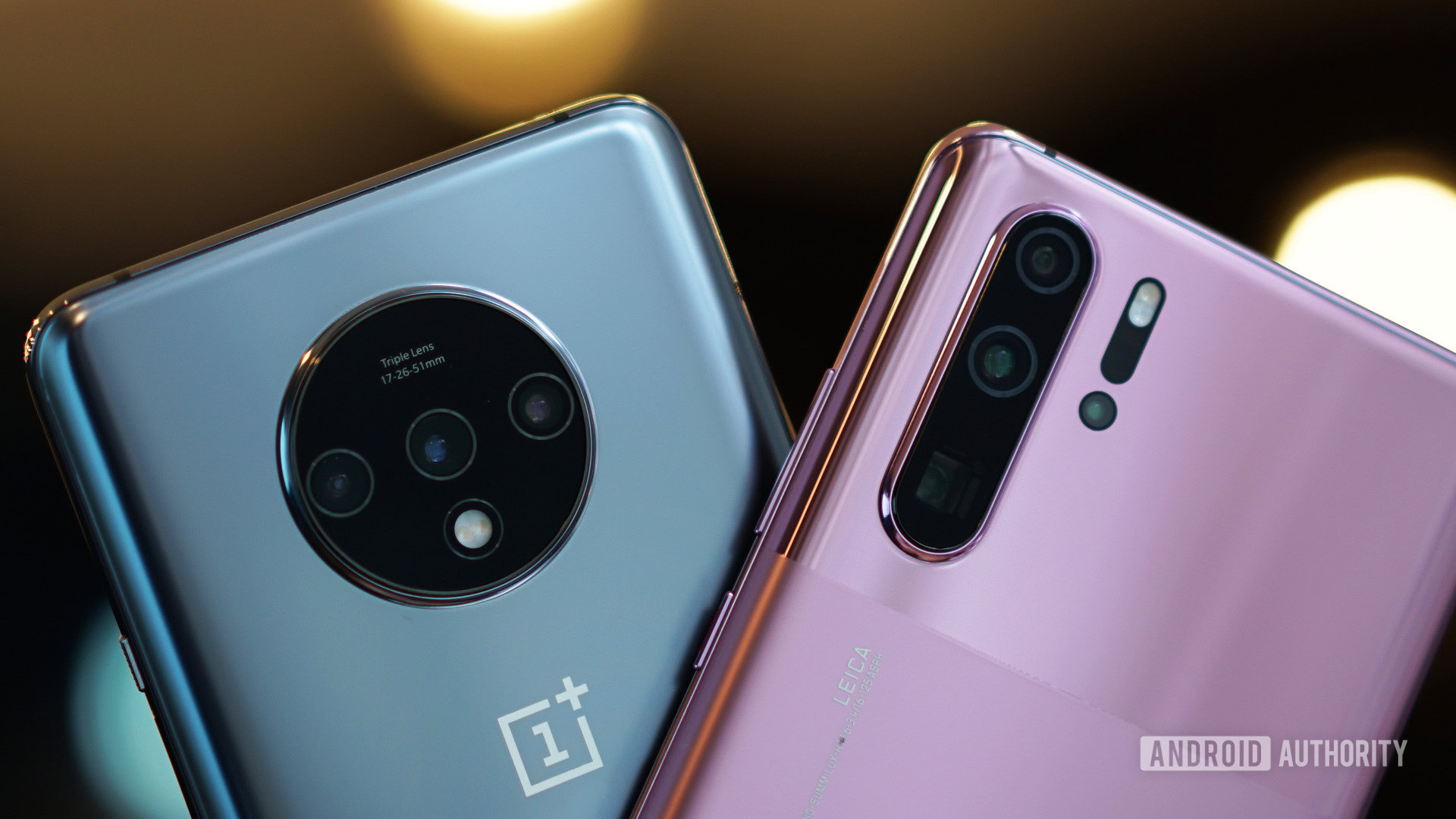
I switched from the OnePlus 3T to the HUAWEI P20 Pro last year, and the experience was bittersweet.
Although there’s plenty to like about the P20 Pro, I quickly started to miss my old OnePlus phone and all the awesome features it offered.
After a year with HUAWEI’s flagship, I had enough, so I switched back to a OnePlus device — the OnePlus 7T.
Here’s what I learned in the process and what you should keep in mind before switching from one phone brand to another.
Software is king
The most important thing I learned is that software matters. A lot! It can make or break the smartphone experience in my opinion and is something you have to keep in mind when switching brands.
Software is the biggest reason why I switched from HUAWEI back to OnePlus. HUAWEI’s EMUI skin that sits on top of Android is frustrating in more ways than one. The overall design is dated in my opinion and there were way too many pre-installed apps on my P20 Pro that I never used and couldn’t delete. The Settings menu seemed a bit of a mess to me and was hard to navigate, certain apps — especially Google News — crashed often, and those knuckle gestures for taking screenshots and launching split-screen mode only worked half the time for me — on a good day.
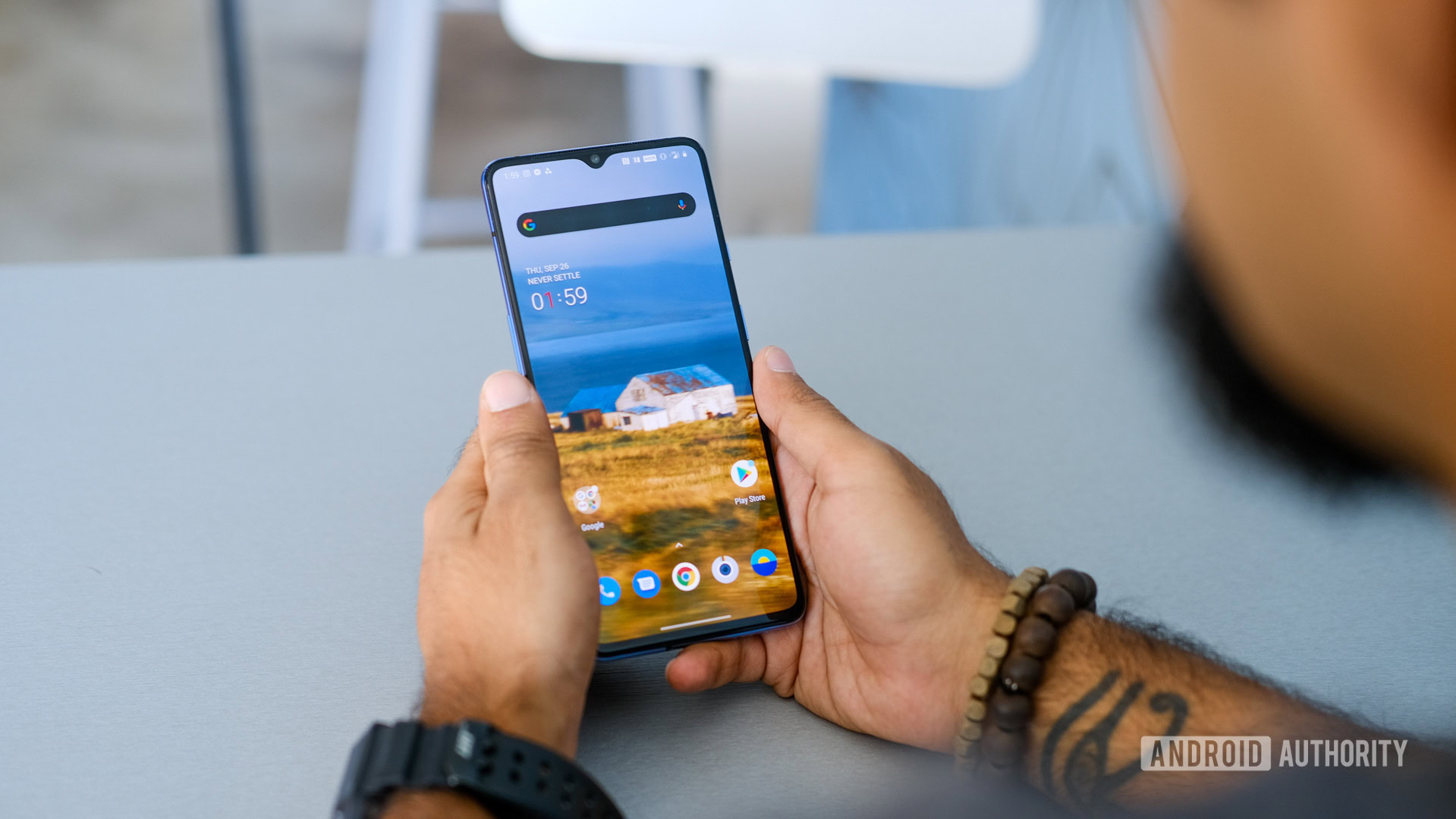
But the biggest problem was HUAWEI’s aggressive battery management that resulted in important notifications coming through hours after they should or, even worse, not coming through at all. I tried all sorts of things, including whitelisting certain apps, but nothing fixed the problem. At least not in the long term.
OxygenOS is the best Android skin out there.
On the other hand, I find OnePlus’ OxygenOS to be a joy to use. It’s by far my favorite Android skin out there. It looks clean, simple, and modern. It also doesn’t have any bloatware onboard. What it does have is a bunch of features that improve the overall user experience, which I missed dearly when using the P20 Pro.
These include off-screen gestures that allow you to open an app of choice just by drawing an O, V, S, M, or W on the display when it’s turned off. You can also swipe two fingers down the display to pause/play the song you’re listening to or draw the < or > characters to move to the previous or next track. I simply love these gestures. They come in handy since I listen to music every day and can quickly open my most frequently used apps, as well as tools like the flashlight, in the blink of an eye.

Other great software features that improve the overall experience with the phone include Shelf, a secondary, customizable homescreen panel that doubles up as a feed and a place to quickly access recent contacts, the weather, and much more.
Then there are little things like the ability to swipe down anywhere on the screen to pull down the notification shade or swipe up to open the app drawer (you don’t get that with HUAWEI phones), a more logical settings menu, and the ability to play around with the look of the OS by changing the accent color and so on. More importantly, OxygenOS just works — I never experienced problems with frequent app crashes like with my P20 Pro.

Software updates are also an important thing to keep in mind when switching brands. OnePlus phones don’t get upgraded to the latest version of Android as fast as Pixel phones, but the company ships out updates a lot quicker than HUAWEI and most other manufacturers.
The key takeaway is this: Before switching to a phone from a different brand, make sure to actually try it out at your local electronics store. Play around with the software to see how you like the look and feel of it. Check out what features it has to offer by digging through the settings menu. Also make sure to check out the review of the phone and its software online as well as read dedicated posts on the topics of OxygenOS, Samsung’s One UI, and other Android skins. Research is key to a good purchase.
It’s not all about raw power
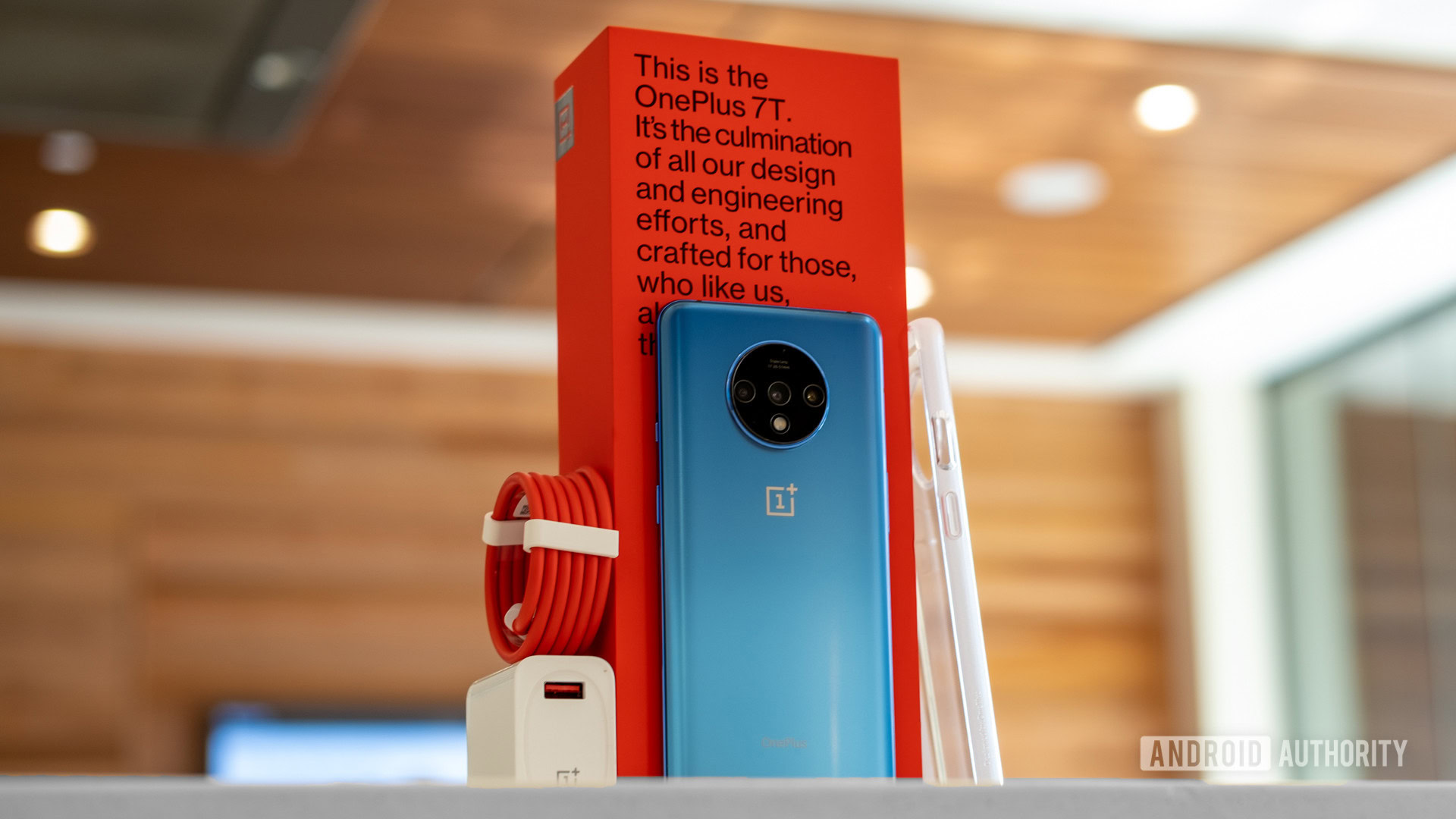
Software is king, but hardware matters as well. But don’t make the same mistake I did and just focus on raw power. Yes, the Snapdragon 855 Plus in the OnePlus 7T is a faster chipset overall than the P20 Pro’s aging Kirin 970, but honestly, I don’t see a big difference in my day-to-day use.
What does make a difference to me are little things like the Alert Slider on the OnePlus 7T, which lets me quickly toggle between three notification modes — ring, vibrate, and silent — without the need to turn on the screen. I love it and I really missed it during my time with HUAWEI’s flagship. Then there’s the super fast Warp Charge tech that gets the 7T’s battery from zero to 100% in a little more than an hour. Granted, the OnePlus 7T is not the fastest charging phone out there, but it’s faster than my old HUAWEI P20 Pro as well as more recent flagships like the Samsung Galaxy Note 10 and Pixel 4 XL.
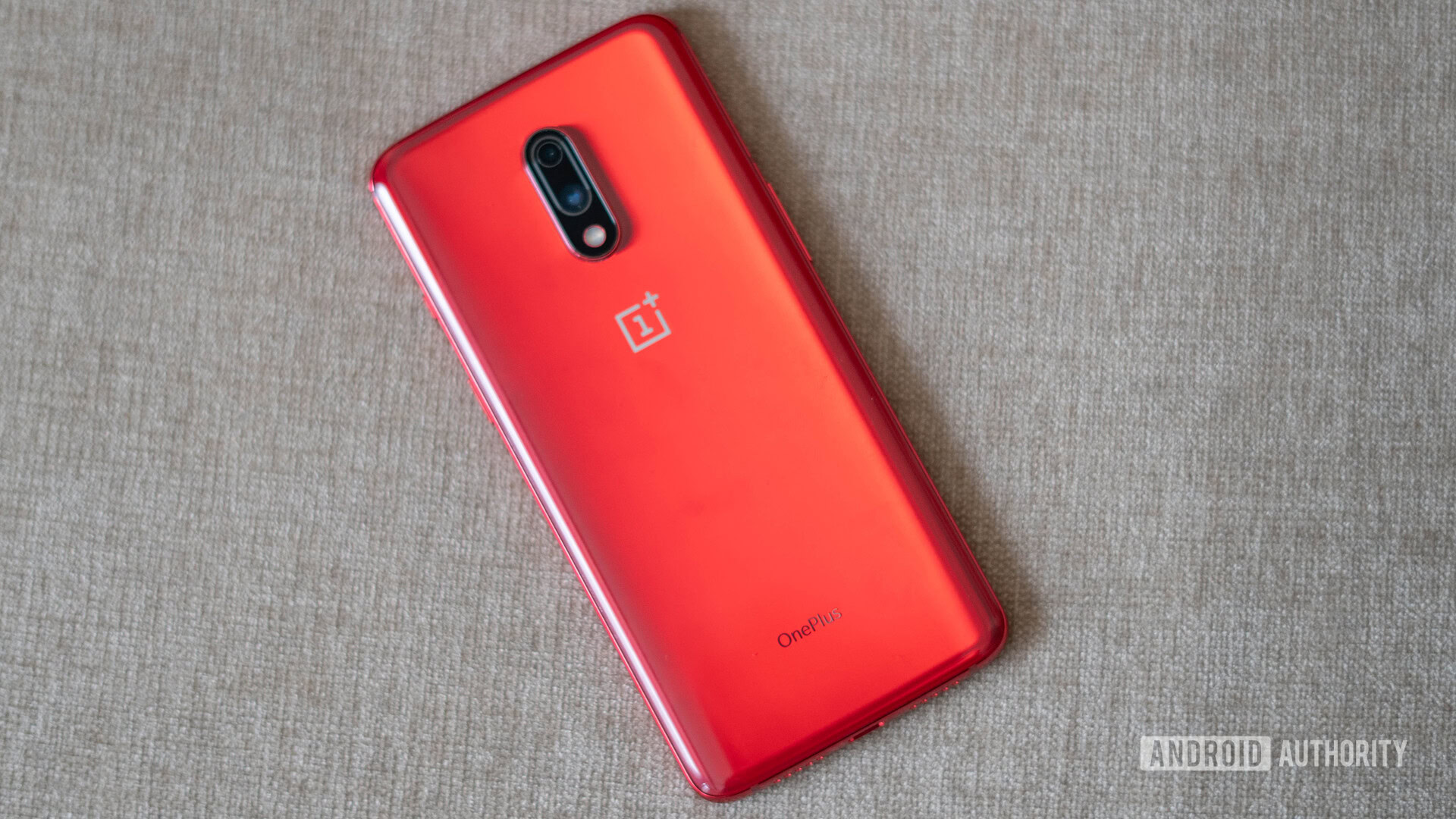
These are the features that matter to me because I use them every day and make my experience with the phone a lot better. On the other hand, features like wireless charging, an IP rating, and even reverse wireless charging — all things HUAWEI phones offer and OnePlus’ latest lacks — they are insignificant to me personally. The actually same goes for the OnePlus 7T’s fancy 90Hz display, as I don’t see a lot of difference when comparing it to 60Hz displays on phones like the P20 Pro and many others. I’m not alone in that, apparently.
The point I’m trying to make is that when comparing the specs of two phones from different brands you’re interested in picking up, you have to focus on the things you’ll actually use. That’s why instead of just reading spec sheets, it’s a lot smarter to check out phone reviews and Vs-style comparisons, as you can learn more about the experience a device offer and how it compares to the competition instead of a bunch of numbers and buzzwords.
Compromise, compromise, compromise
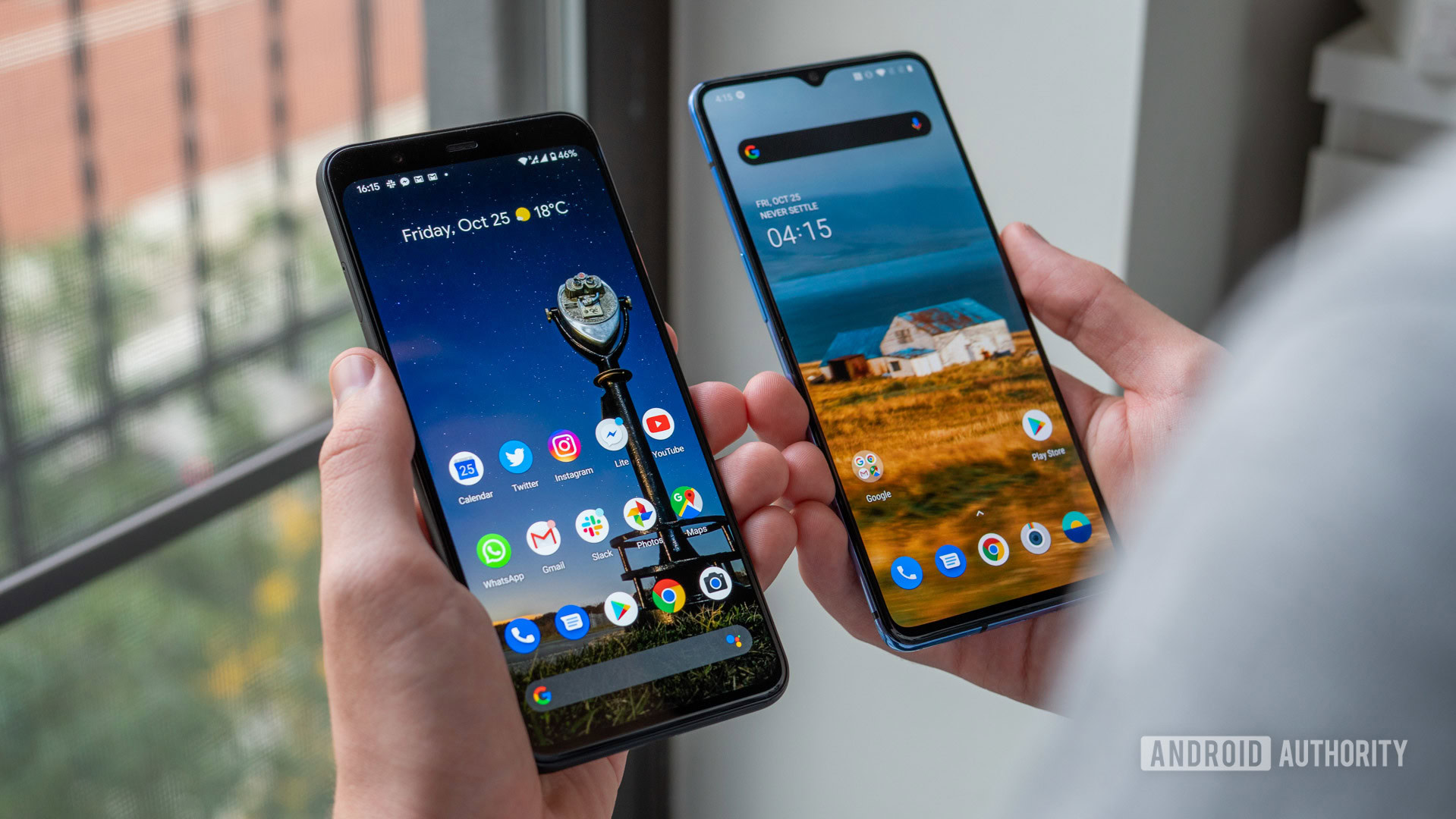
If you’re switching from one brand to another, you’ll usually have to make a compromise or two, especially if you’re not upgrading from a super old phone. For example, although I do prefer the OnePlus 7T over the P20 Pro overall, there are still things I miss about HUAWEI’s flagship.
The P20 Pro has a superior camera setup in my opinion. The phone takes fantastic images, especially in low-light conditions, which is the main reason why I got it. Pictures captured with my OnePlus 7T aren’t bad either, they just aren’t as good as the P20’s. The phone also has a bigger battery, sports a faster and more accurate fingerprint scanner, and while it’s not a dealbreaker for me when buying a phone, the IP67 rating gave me a little peace of mind that it’d survive a plunge in the water.
Read more: HUAWEI P30 Pro camera review: Next level optics, low-light champion
There’s no such thing as the perfect phone, as the competition always offers at least something your handset doesn’t. That’s just how it is — don’t fall prey to envy.
It comes down to what you value most
If you’re eying a brand switch in the near future, I hope this article has given you a bit of an idea of some of the things to consider and look out for.
It’s all too easy to get caught up in all the marketing mumbo-jumbo out there, or the opinions of the people around you, and even the tech media squabbles about which phone is the best overall. Don’t get a phone just because it’s considered the most powerful or feature-packed out there. Don’t get a phone just because it scored two points higher than its main competitors on a benchmark test. Get it because it suits your needs, whether that may be great cameras, a clean software experience, a full-screen display with a pop-up selfie snapper, a small footprint, or an eye-catching design.
You have to base your purchase decision on the features you value most.
For example, I know the Galaxy S10 Plus is a better phone than the OnePlus 7T, objectively speaking. It has loads of features and upgrades you won’t find on the OnePlus 7T including wireless charging, reverse wireless charging, an IP68 rating, a QHD+ display, expandable storage, and a headphone jack, among many other things. However, it’s not better than the OnePlus 7T for me. I prefer OxygenOS to Samsung’s One UI, and features like Warp Charge and the Alert Slider mean more to me than wireless charging and all the extra bells and whistles Samsung’s flagship has to offer. For you, it may be the other way around.
So, when you’re thinking about switching brands and deciding between two or even more phones, you have to base your purchase decision on the features you value most. It’s as simple as that.